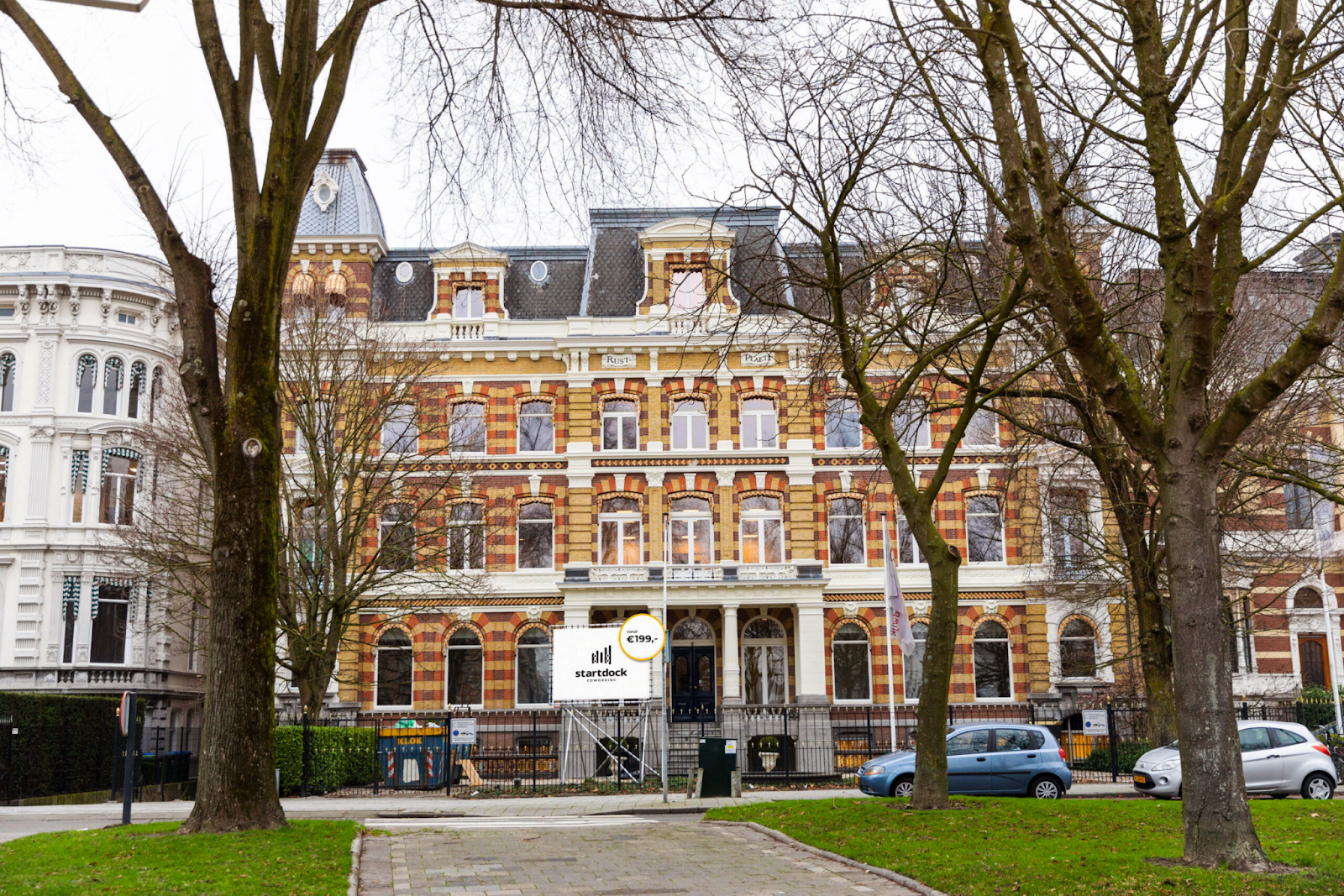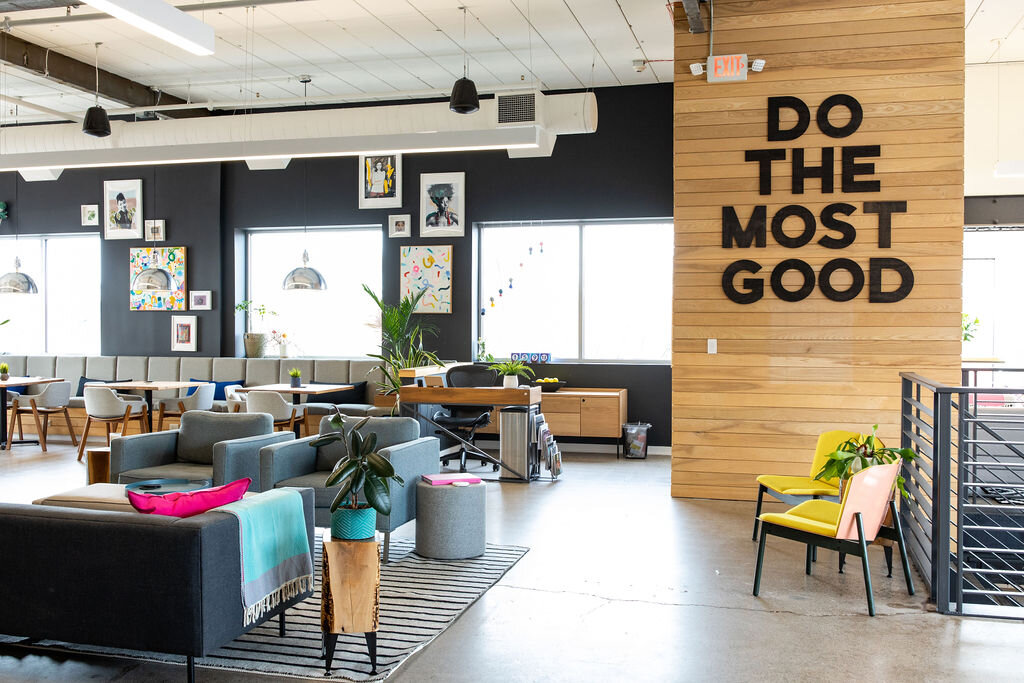How do founders fund coworking spaces?
The truth is, there’s no one way to fund a coworking space. But funding is something you’ll have to think about carefully if you’re going to get your project off the ground. As with most other types of business out there, you’ll have to factor in both capital and operational expenses when calculating how much funding you’ll need in the early days.
Capital expenditure covers things like construction, flooring, furniture and fit out costs, as well as any legal fees, upfront services and technological infrastructure your space requires. Operational expenditure, on the other hand, relates to the overheads you’ll continue to incur once you’re up and running, such as utilities, internet, employee salaries - the list goes on!
Once you’ve figured out your costs you can start to think about your private office and membership pricing and how much upfront capital you’ll need to start up. 
1. Bootstrapping
While it’s not a reality for everyone, some people have the means to bootstrap their business. Bootstrapping is when a founder funds their project through their own resources or the company’s revenue. The term comes from the phrase “pull yourself up by your bootstraps” (you can learn more about the origins of that here).
Many founders who decide to bootstrap their business do so on a limited budget. This involves doing some research to find inexpensive fit-out elements and everything else required to get a space set up. If you choose this option, you might decide to purchase second hand or repurposed items for your space (this is often more environmentally as well as economically friendly). Remember to support the community by shopping locally.
Despite the fact that demand is increasing commercial property costs in some markets, bootstrapping could still be a viable option. Ask yourself: how long can I finance my coworking space with savings before breaking even? Consider any other goals or projects that might deter you from bootstrapping your business. Taking out a loan is another option: and your ability to do this will depend on your credit history and other factors.
2. External funding
If bootstrapping isn’t for you, there are other ways to fund the costs of your new flexible workspace. For instance, you could team up with a partner, such as a friend or industry colleague - someone who has the capital to invest in your new project. Or you could also work with an asset manager, real estate investor or venture capitalist. Whatever you decide, it’s important to establish a formal contract to avoid any potential conflict.
If you decide to seek out an investor for your project, you’ll have to evidence the success of your startup and make them feel confident in its future viability. This is why it’s so important to have a solid vision of what you want your space to be and the financial/revenue documentation to back it up in the business plan. If you’re interested in seeking investment, think about whether or not you’re willing to risk having to share your business with investors.
You might also be able to obtain funding from a government department or chamber of commerce if they have funds set aside for economic development. It might be worth finding out if they’re interested in financing your project. After all, coworking spaces have the potential to revive and nurture local communities and stimulate economic growth. 
One coworking founder’s funding journey
Thom Wenke, the co-founder of StartDock in the Netherlands, shared his fundraising journey at the Coworking Europe conference in 2020. When starting out, he researched and leveraged a variety of funding options for his business. To kickstart his first location, StartDock received a €75K loan from a private investor, for instance.
Thom says the investor doubled up as a mentor, sharing knowledge of how to build the company “as a whole”. StartDock also researched bank loans, but decided that they needed more flexibility, and the risk factor was just too high at that time.
At the conference, Thom spoke about how it’s important for new operators seeking investment to know how involved they want their investors to be, how quickly the funds need to be secured and also how much risk they’re willing to take. “Things should be fun. Private investors have a lot of experience and knowledge and it can be really fun to work with them!”

Source: The Coven
3. Crowdfunding
Crowdfunding has grown in popularity over the years, owing to platforms like Kickstarter. This type of fundraising enables founders to raise money for the early stages of their projects through their network. Funders invest small sums for a reward. In coworking, this reward could be a discounted membership or free meeting room credits, for example.
The Coven, a coworking enterprise in the US for women, ran a successful crowdfunding campaign in 2018, and to date, have raised over $349k through the platform iFundWomen. The Coven’s mission and journey are clearly defined on its crowdfunding page:
“...We believe in the economic advancement and empowerment of women, non-binary and trans people. The Coven is interested in like-minded investors who can help us make our idea, space, and community bigger. We believe finding investors who share our values and believe in our vision are a core part of our future growth and success...”
The founders explain how they explored many different types of funding, including venture capitalists and bank loans, however, realised these didn’t align with their goals or ethos. The Coven used the funds from the crowdfunding campaign to build its physical space.
If you’re opening a new coworking space, we’d love to hear from you!
Related posts
-
Global Coworking Trends and Opportunities for 2025
Now well into 2025, the coworking industry continues to demonstrate strong momentum. With demand for coworking spaces remaining steady around the globe, it's clear that coworking is not just enduring—it's thriving. Let’s explore the major trends and opportunities shaping the global coworking landscape this year.
-
Creating Events that Drive Community Engagement in Coworking Spaces
Community is everything in coworking, but a genuine sense of connection between members doesn’t magically happen overnight or by chance. Often, meaningful relationships take intentionality, effort, and time to build, with events being an effective vehicle for bringing people together around shared interests, goals, and experiences, creating opportunities for collaboration, and a thriving coworking culture. This article looks at creating events that drive community engagement in coworking spaces.
-
Liz Elam: ‘Community is the number one amenity in coworking spaces’
A household name in the global coworking industry, Liz Elam, is the founder of one of the world’s best coworking event series: GCUC. Liz’s coworking roots began in 2010, when she established Link Coworking – a welcoming, affordable, and professional coworking space – in her hometown of Austin, Texas. Link Coworking achieved incredible success, expanding across three locations and becoming the fourth-largest coworking brand in Austin. It was sold in 2019, making Liz the first woman globally to exit a coworking brand.
-
Key Takeaways from the Coworking Alliance Summit 2025
Gathering online for the Coworking Alliance Summit last week, members of global coworking alliances, coworking spaces, and community leaders came together to navigate global issues, strengthen ties across the coworking industry, and work collectively towards future goals.
-
5 Ways to Reduce Noise in Open Offices & Coworking Spaces
Some people like working against a background of noise, while for others it’s their worst work nightmare. The truth is, our relationship with noise depends on our own preferences and the nature of our work.
-
Key takeaways from the Workspace Design Show 2025
London’s Workspace Design Show is undoubtedly one of the best coworking events of 2025. For one, the exhibition (held at Islington’s Business Design Centre) features a host of innovative and creative workspace design solutions tailored to the needs of modern workplaces.